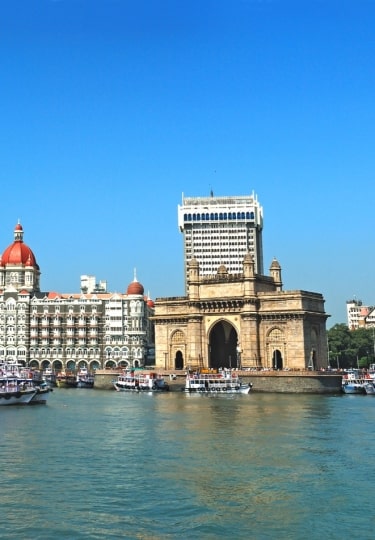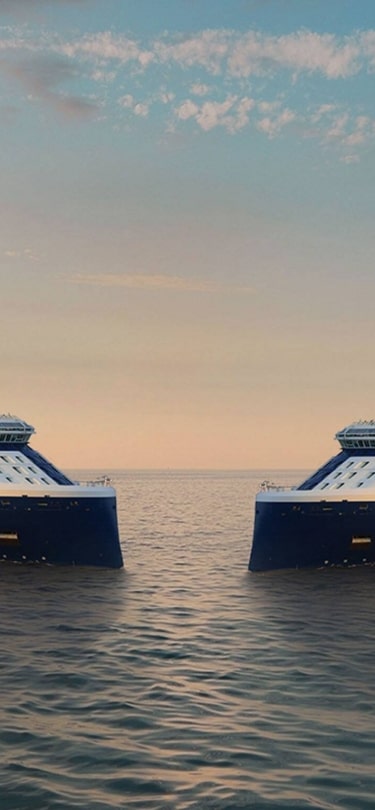The best time to visit Mumbai, India’s most cosmopolitan city, is between November and February. This is when the days are relatively cool with low humidity.
Mumbai, with a population of more than 21 million, is the epicenter of India’s business, fashion, and movie scene on India’s west coast. The city has a tropical climate. There are clearly defined seasons: the cooler winter; the hot spring period from March to May; and the monsoon, which runs from June to September.
Whenever you visit this dynamic place, you’ll find impressive architecture, temples and markets, world-class dining, and glamorous nightlife. Mumbai is a 24-hour city that never sleeps.
Visiting Mumbai by Season
Summer
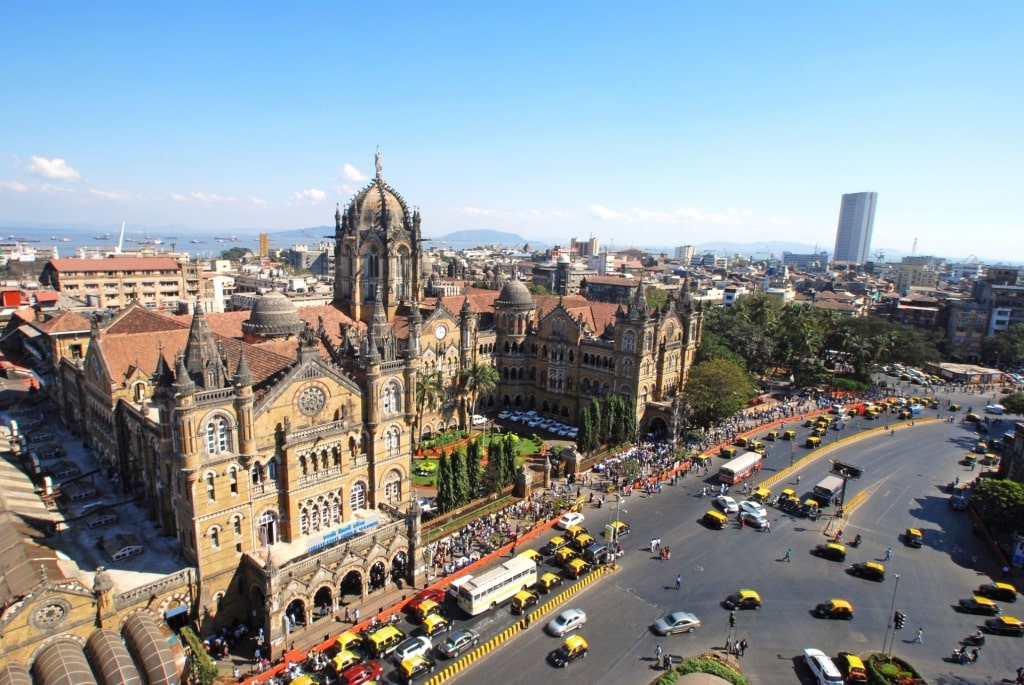
Chhatrapati Shivaji Maharaj Terminus
June, July, and August is the height of Mumbai’s monsoon season. The weather is overcast, intensely humid, and wet. June, the rainiest month, can receive 28 inches (710mm) of precipitation, with average daily temperatures of 85°F (29.4°C). July and August bring heavy cloud cover; each month receives only 2.5 hours of sunshine daily, on average, despite the intense heat.
Cyclones can pass through in the summer months, bringing even stronger rain and sometimes damaging wind. Unsurprisingly, summer is the low season for travel to Mumbai.
Fall
September, October, and November bring a change in the weather. September is still the monsoon season, with an average rainfall of 13 inches (330mm). October is a month of transition in which rainfall drops to around 3.1 inches (80mm), and November is a complete contrast, with just 0.6 inches (15mm) of rain.
Temperatures remain high; in November, expect daily averages of 82°F (27.7°C) and much clearer skies. In November, there’s an average of nine hours of sunshine daily. This is when the peak visitor season begins.
Winter
The winter months of December, January, and February are the best time to go to Mumbai. Days are sunny and clear and humidity is relatively low. There is virtually no rain.
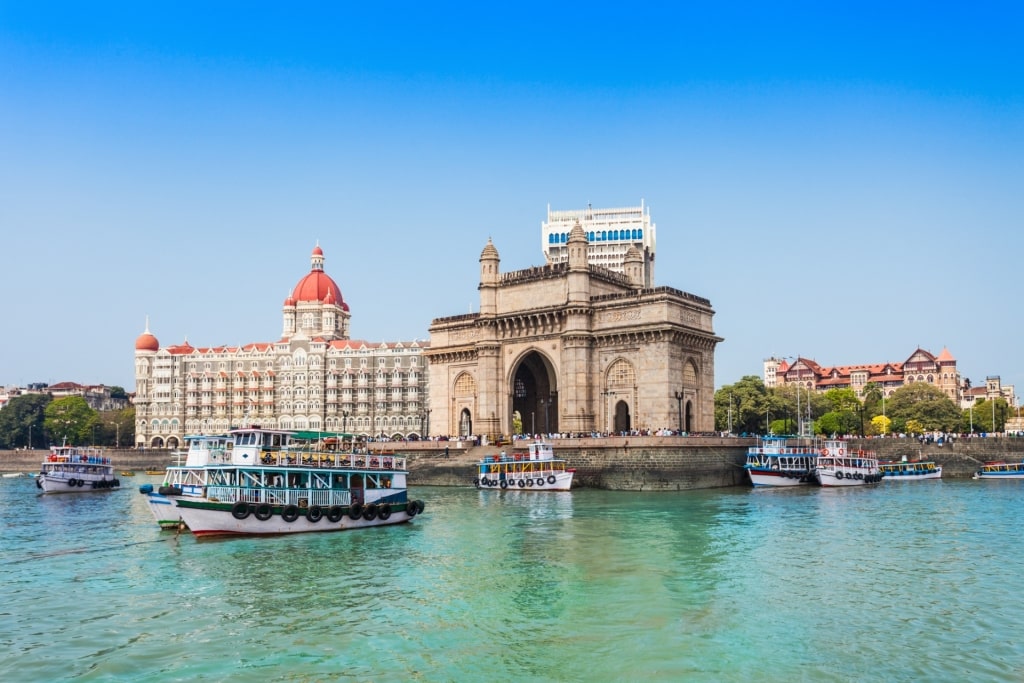
Taj Mahal Palace Hotel
You’ll certainly need to dress for the tropics; even January, the coolest month, experiences an average of 75.3°F (24°C) with highs of 88°F (31.3°C). But this is a time to explore the colorful markets, tour the magnificent and ornate Taj Mahal Palace Hotel, stroll along Marine Drive, and take a day trip to the fifth-century Elephanta Caves.
Spring
March, April, and May see the weather begin to transition again. There’s still very little rainfall, but this pre-monsoon period can be intensely hot and humid. May is the hottest month of the year, with average temperatures of 86.4°F (30.2°C) and peaks of 104°F (40°C). If you don’t mind the heat, this shoulder season can be a good time to visit Mumbai, though some people find it draining.
When Is Rainy Season?
Mumbai’s rainy season is clearly defined, with heavy monsoon rains and intense humidity between June and September. May and October also see high humidity and some rainfall, although nothing like the torrential rains of June, July, and August.
Monsoon season is when the city is at its most lush and atmospheric, the green vegetation contrasting the rain-slicked streets and steely gray skies.
When Is High Season?
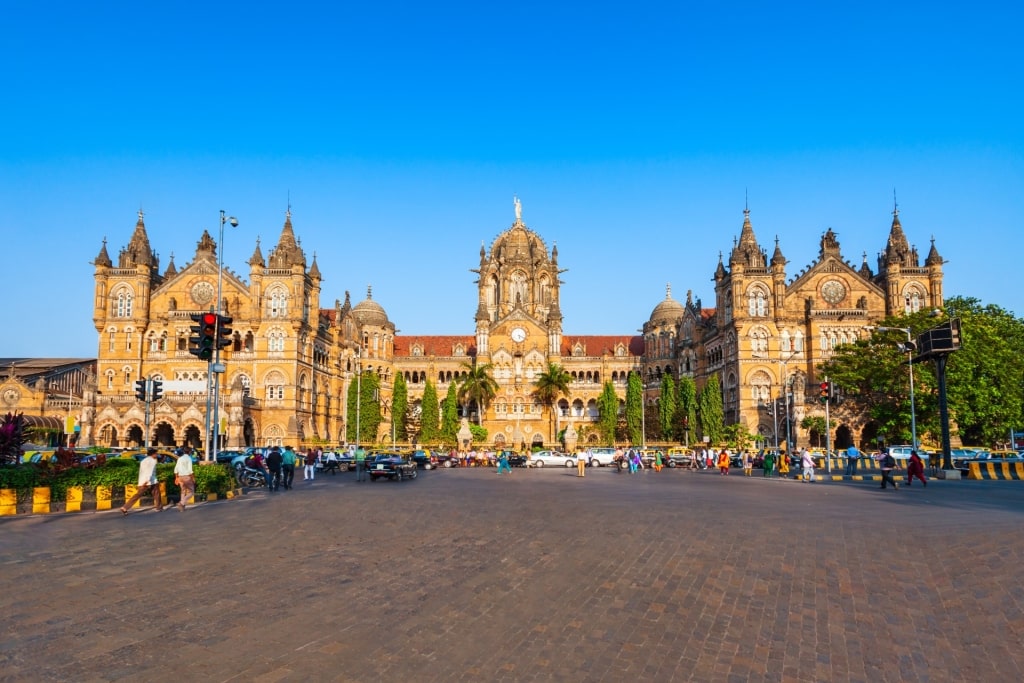
Chhatrapati Shivaji Maharaj Terminus
Mumbai’s high season for tourism coincides with the cooler, drier weather of winter, from November to February. This is the best time for sightseeing and outdoor activities. Mumbai never has cold weather, but you may want to carry a shawl or jacket for cooler, air-conditioned environments.
Winter in Mumbai is a time of festivity; even though India is a predominantly Hindu country, there are colorful celebrations around Christmas and New Year’s Eve. Another big event on the cultural calendar is the Mumbai International Film Festival, which takes place in February.
When Is Shoulder Season?
Shoulder season in Mumbai is the spring months, March and April, and October, once the monsoon rains have passed. While these months see little rain, the temperatures can be intense, so only visit during shoulder season if you don’t mind heat and humidity.
Diwali, a major festival, happens in October or November and is a magical time to be in the city, with five days of religious rituals, feasting, prayers, and fireworks lighting the sky.
When Is Low Season?
Summer is low season in Mumbai, when there will be far fewer visitors around due to the intense heat and rain. If you do visit in summer, concentrate your activities around indoor attractions like museums and galleries, and stay hydrated.
Despite this being the low season for tourism, summer sees two of the biggest events on the Hindu calendar. Ten days of music, color, and processions mark the births of Lord Krishna and the elephant god, Lord Ganesha.
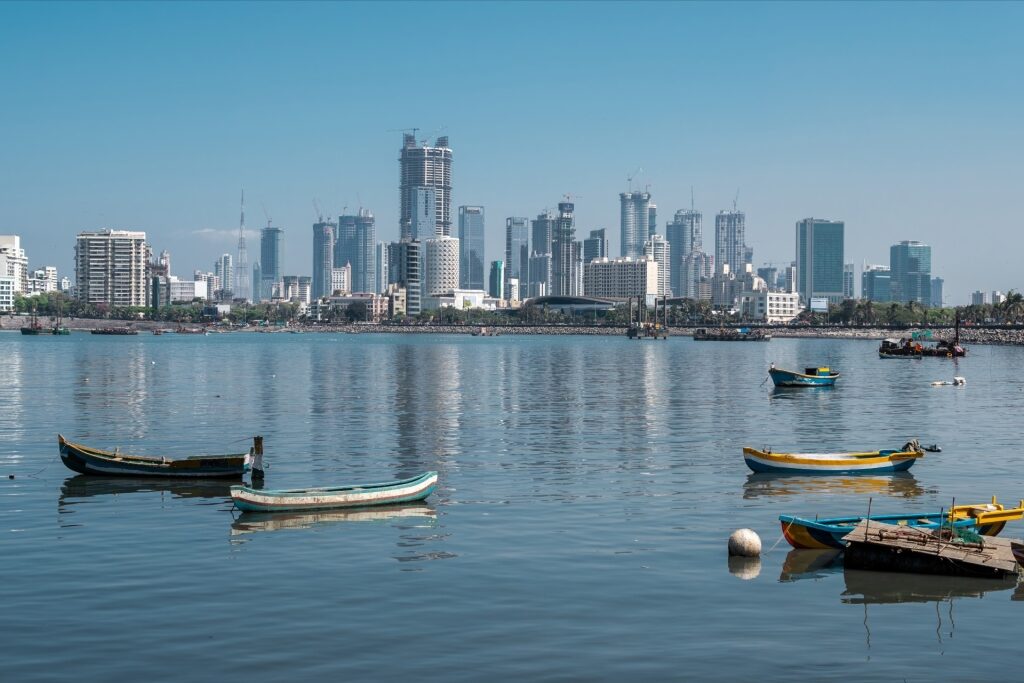
Mumbai
Discover the joys of dynamic Mumbai for yourself. Browse Celebrity’s cruises to Mumbai and plan your Asian adventure.
